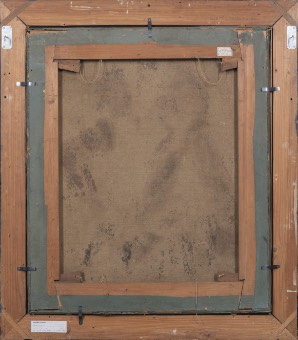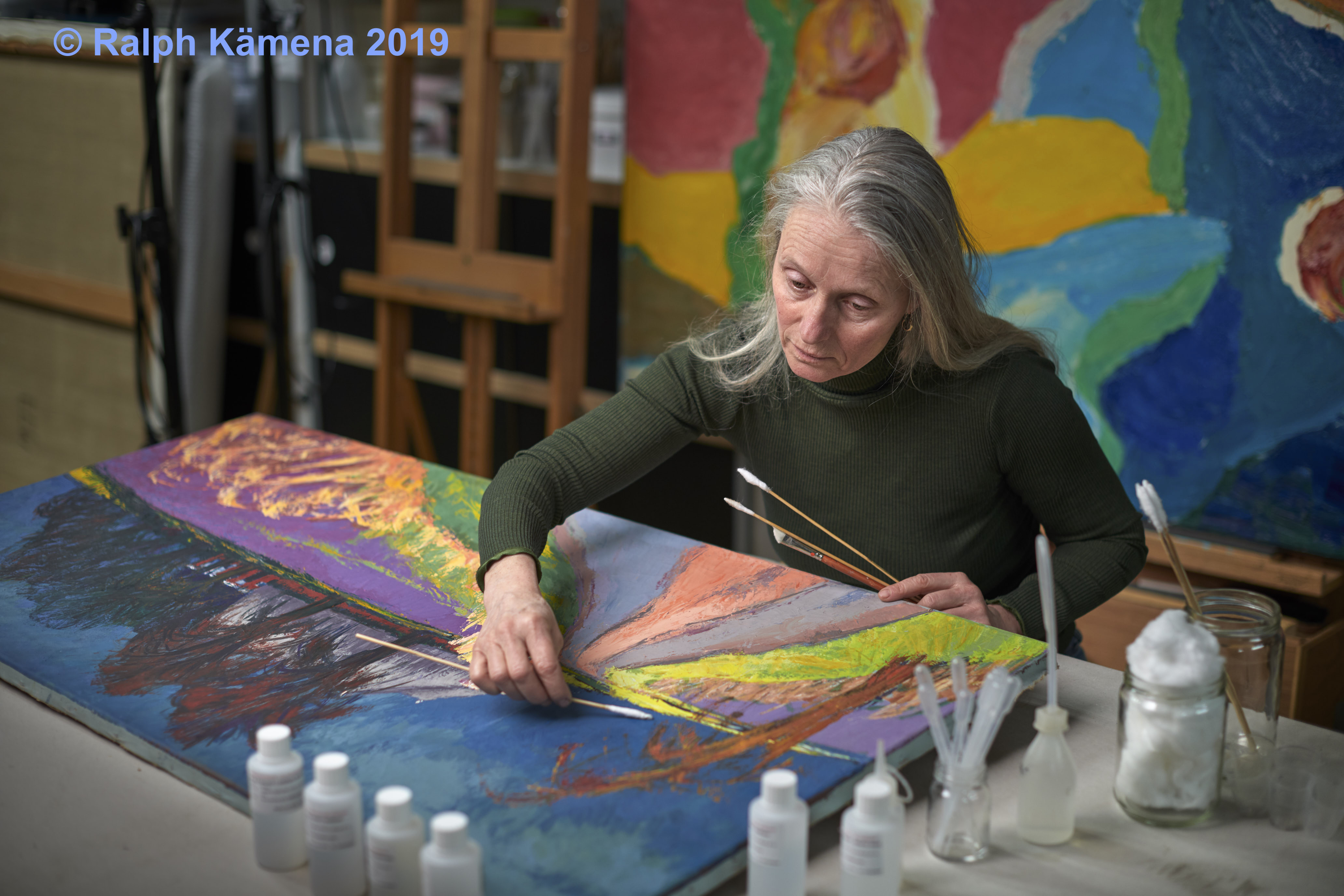Women’s portraits by Hendrick ten Oever

Ten Oever has certainly also been active in Groningen as a portraitist. In the booklet from 1953 we found portraits of the Groningen nobility. Four of his portraits hang on the r Menkemaborg in Uithuizen and are the property of the Groninger Museum. It now appears that Ten Oever completed portrait commissions in Groningen at least five times. That’s why a digression enters the portraits by Hendrick ten Oever
Groningen portraits
In 1680 Daniel de Hertoghe and his wife Cecilia Elisabeth Tamminga. In 1683 Gratia Susanna Tjarda of Starkenborgh Clant. But also an unknown lady of the Canter Cremer family in 1683. And around 1686 he portrayed Mello Alberda and his wife Susanna Elisabeth Tamminga. The discovery of the signature contributes to the knowledge about portrait art in Groningen. It is clear that not everyone in Groningen allowed himself to be portrayed by Hermannus Collenius in the 1880s. Besides Martinus van Grevenbroeck (also represented in Verhildersum with the portrait of EdzardJacob Tjarda van Starkenborgh), Hendrick ten Oever was also an important artist for the Groningen nobility.
Visiting the Groninger Museum depot
All portraits on the shelves of this depot have been examined for restoration history. Our attention turned to the striking stretcher and the blue tape. A text on the back of the doublage cloth, as with Gratia, also caught our attention. After all, this text has been applied to the relining cloth and thus possibly shows the hand of the restorer. In addition, all special stickers and texts can be an indication about a restorer, a previous owner, an artist. Studying paintings in this way is very exciting, you should not overlook anything. Fortunately we did not do that because we found a stretcher that is exactly the same as Gratia’s stretcher. The corner joints, the wedges with the strings and nails and also the blue tape. This is the stretcher of the portrait of Allart van Ysselmuden van Stedum, artist Anonymous, oil on canvas, date 1618, size 118 x 103 x 8.0 cm registration code 0000.1076. If it is known by whom when this painting was restored, this would provide clues for the restoration history of Gratia. Unfortunately, the museum has no information about a restoration that has been carried out. It is clear that this painting has been in the collection of the Groninger Museum since 1899. It is therefore quite possible that this is the same restorer as Gratia.
Stretcher
On the left the stretcher from the collection of the Groninger Museum and on the right the stretcher from Gratia. At Gratia a second tape was later applied over the blue tape, but the blue edge is clearly visible.


Visiting the Menkemaborg for portraits by Hendrick ten Oever
In the Menkemaborg, one of the four portraits painted in 1680 by Hendrick ten Oever shows great similarities with the portrait of Gratia. This is the portrait of Cecilia Elizabeth Tamminga (1652 – 1718). In this painting she is therefore 31 years old.2 She was married to Daniël de Herthoghe (1641-1685). His full name is Daniël Onno de Hertoghe van Feringa. A portrait of him as a three-year-old child hangs in the Menkemaborg. Their portraits hang side by side in the hall of the deposit. Fortunately, we were able to study both portraits from both the front and the back. At Susanna we have described and photographed the painting technique in detail. Susanna, like Gratia, wears a black dress with white sleeves and neckline. They both have earrings with pearls, a pearl necklace. Where Susanna sits is Gratia but they look the same way, have the same look. Perhaps not too surprising since Tamminga’s maternal grandmother was a Clant. And Gratia her middle name is also Susanna. But no family line has been found in the 17th century. This has already grown apart in the 16th century. The decor is also very similar in the draped curtain and the view to the landscape on the left. The similarities are overwhelming. However, the sizes differ, but that is partly due to the fact that Gratia’s painting was made smaller in the past. The decor is also very similar in the draped curtain and the view to the landscape on the left. The similarities are overwhelming. However, the sizes differ, but that is partly due to the fact that Gratia’s painting was made smaller in the past. The decor is also very similar in the draped curtain and the view to the landscape on the left. The similarities are overwhelming. However, the sizes differ, but that is partly due to the fact that Gratia’s painting was made smaller in the past.









